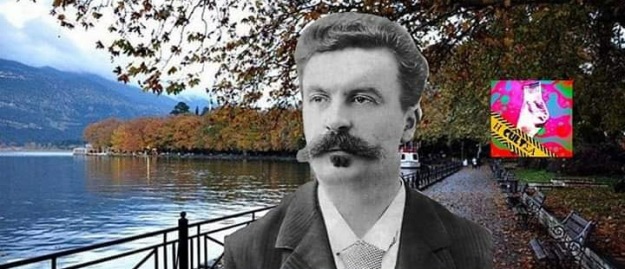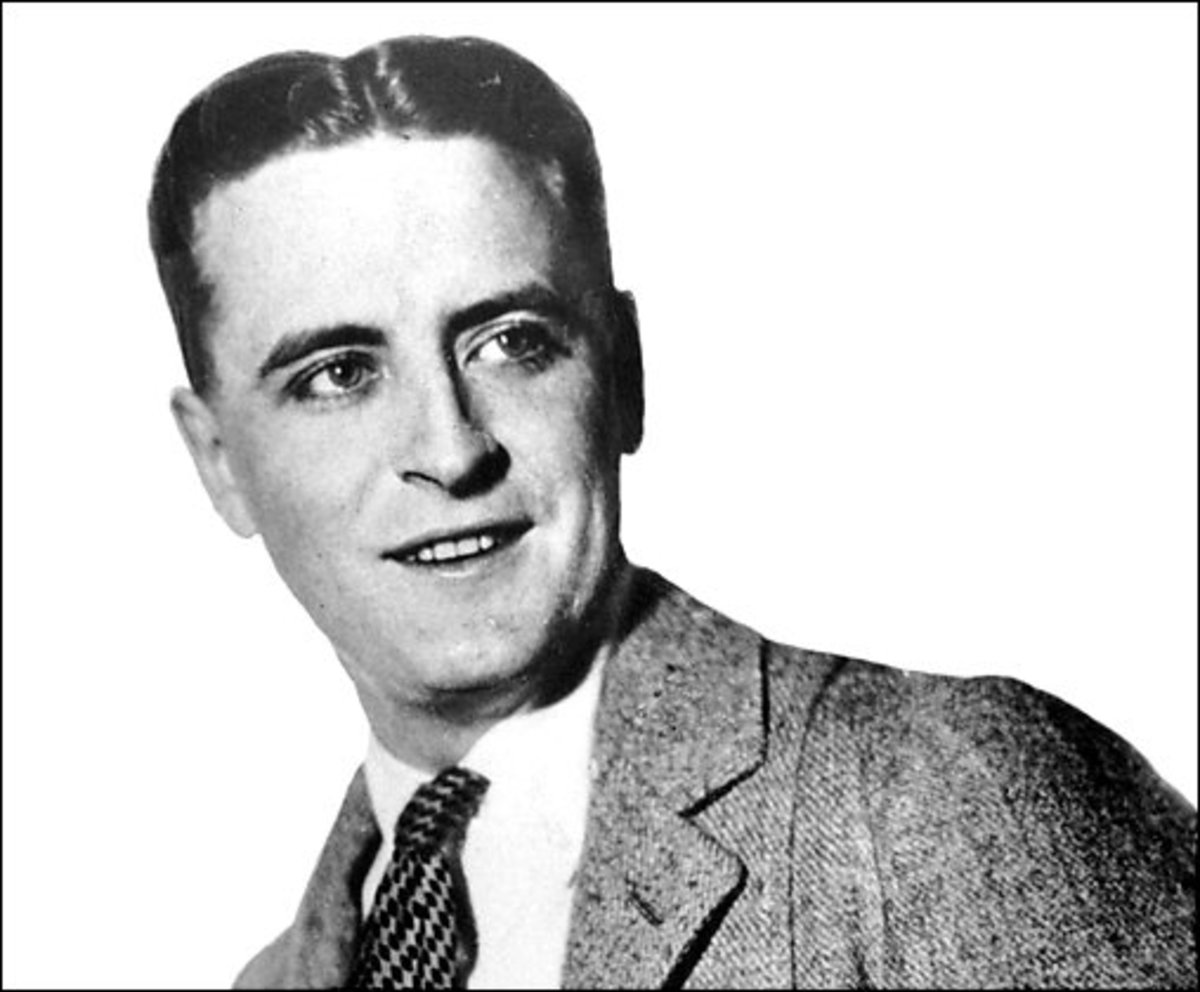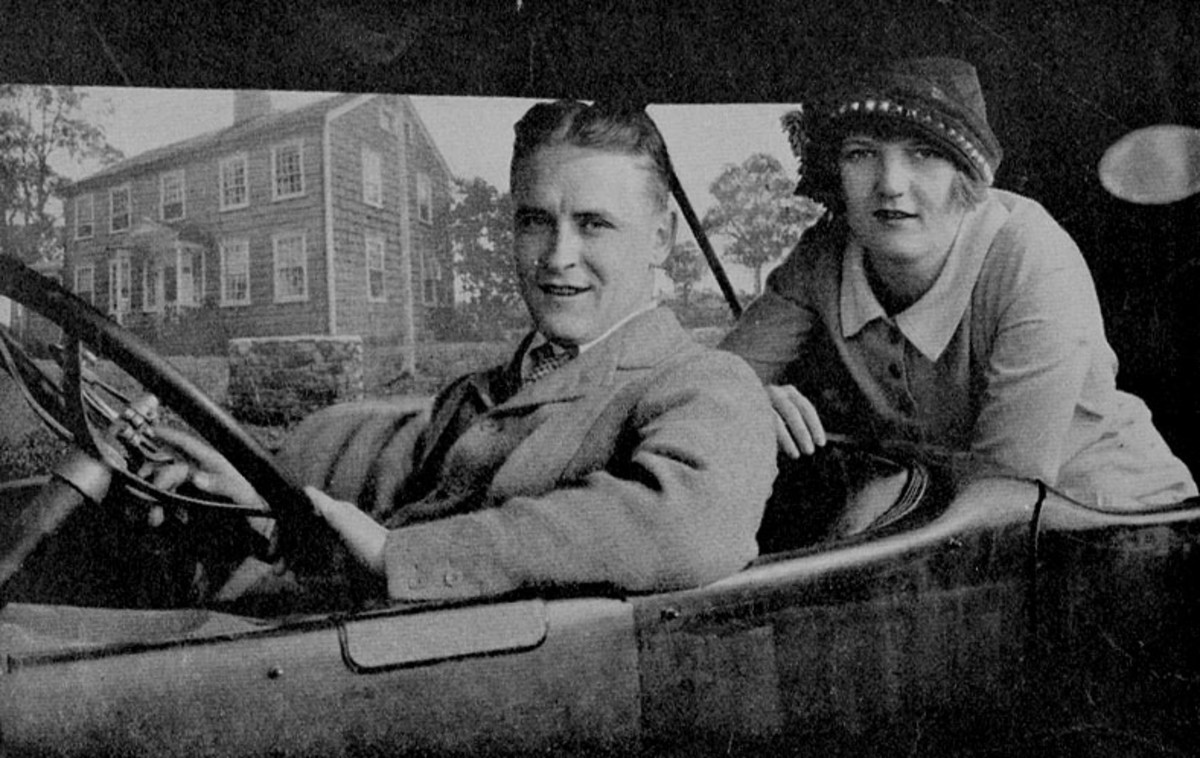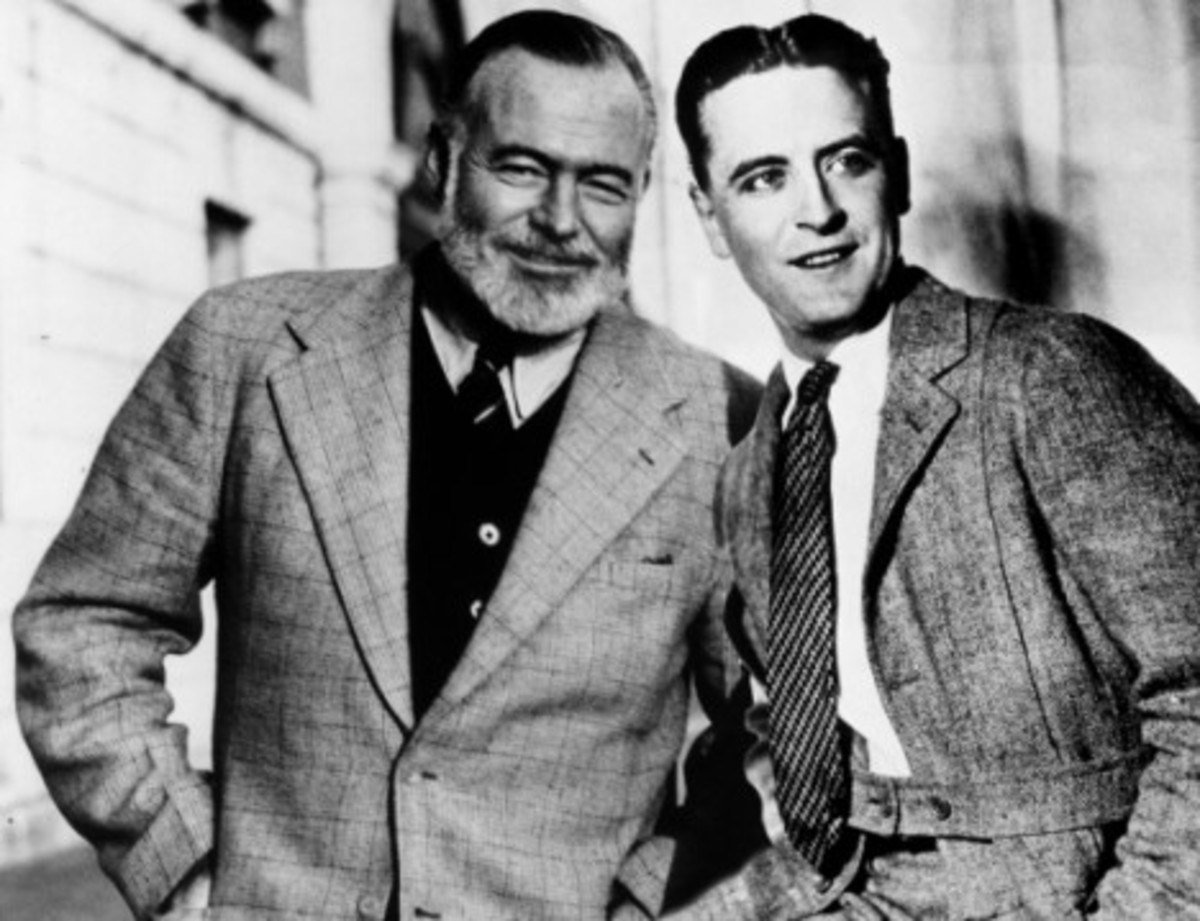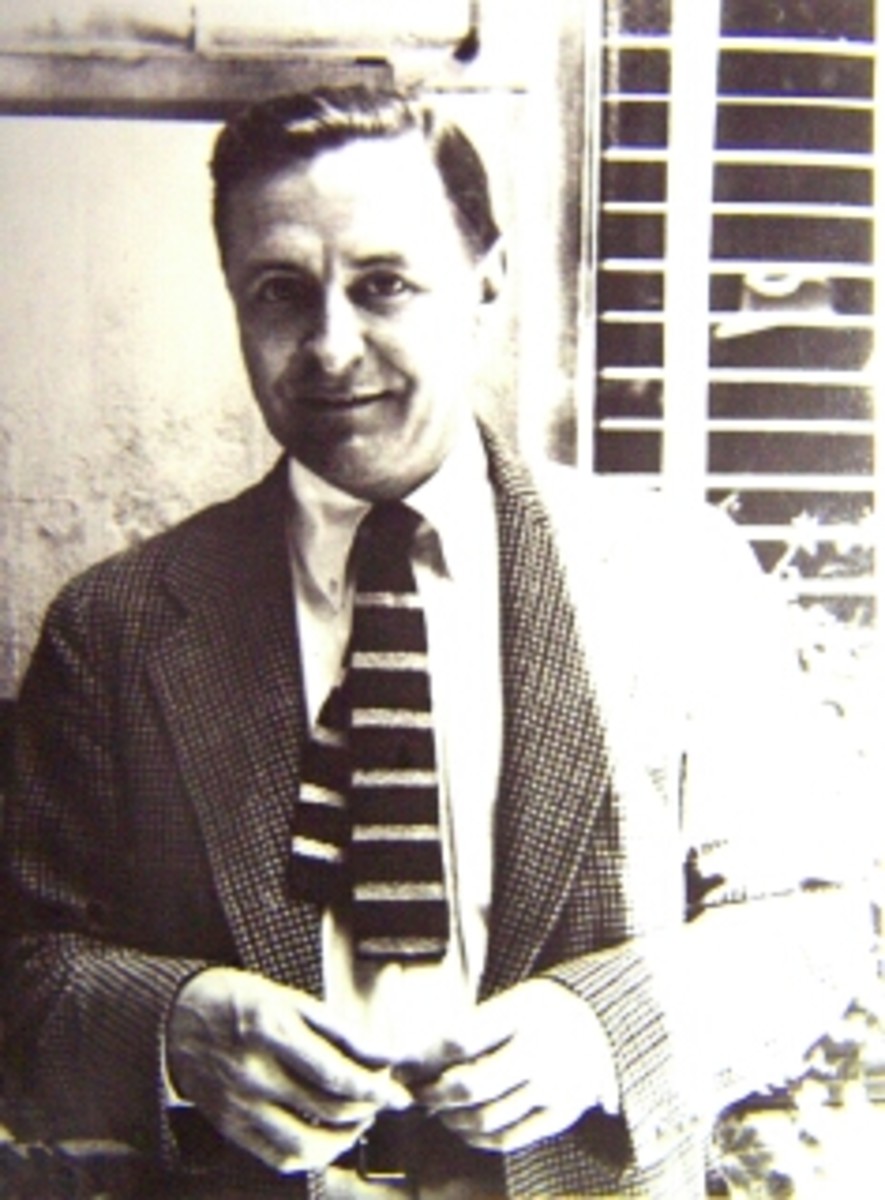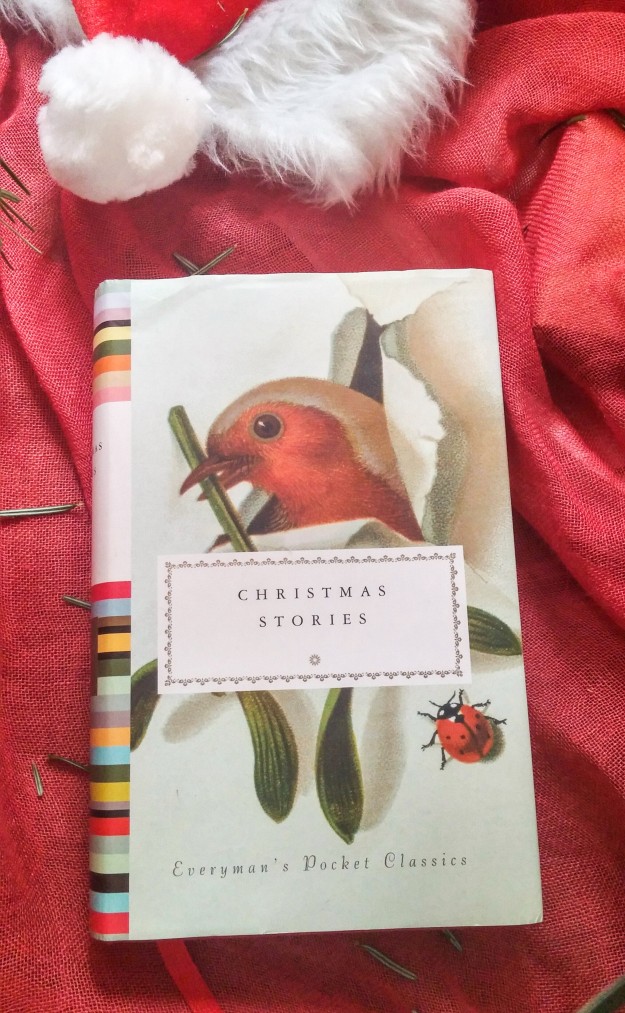
Shakespeare’s The Tempest may be the definitive castaways-tale. There is the duke, Prospero, who becomes usurped from the throne by his own brother and put to sea, along with a baby girl, in a meagerly provisioned, shoddy boat. Ovid, Shakespeare’s unofficial muse, used this suspenseful theme in the mythical tale of Perseus. Similarly, there is an island on which the two exiled royals find refuge and where they ultimately long for a return home. In both Shakespeare and Ovid, the castaways survive with the unusual advantage of magic.
The Tempest’s Prospero has spent his life studying books of the supernatural within the sequestered comforts of his beloved Milan. Now, many leagues from his homeland, surviving for approximately twelve years on a faraway island in the Mediterranean, Prospero has been plotting with his art to conjure a storm, a tempest, which will bring his enemies to the island. It takes a tremendous amount of control to accomplish such a feat, and Prospero certainly is something of a control freak at best and a cruel brute at his worst.
Though he adores his daughter, Miranda, Prospero is manipulative with her in the way he controls her thoughts and her memory and even what she sees:
The fringed curtains of thine eye advance,
And say what thou seest yond. 1.2.411,412
With cunning conversation, he allows for certain memories to filter in. But when Miranda begins to recall too much, Prospero utilizes his absolute power to knock her out with sleep. So, Miranda is continually awakening from naps with a quizzical look on her face. Still, she has very early memories that appear to be surreptitiously pressed on her by Prospero:
’Tis far off,
And rather like a dream than an assurance
That my remembrance warrants. Had I not
Four or five women once that tended me? 1.2.46-49
Mirada, (whose very name is phonetically similar to the words memory and remember), speaks with eloquence about what she does or does not recall of her early childhood in Milan. She is the angelic, innately wise ingenue that Shakespeare often employed for his female characters.
Since landing on the isle, Miranda has been under Prospero’s tutelage and influence. Yet, her temperament hardly resembles her father’s. For instance, while Prospero has enough angry aggression to create a violent tempest that would bring a ship crashing in flames to the shore, Miranda has not inherited any of his meanness; in fact, she sympathizes with the crew:
O, I have suffered
With those that I saw suffer! 1.2.5,6
As they made the island their home, Prospero had quickly acquired slaves: Caliban, (an anagram of cannibal,) a native of the island who is referred to as a grotesque creature – and Ariel, a male or kind of asexual sprite, who had been imprisoned in a tree trunk by Caliban’s mother, a witch. The witch has since died, so Prospero frees Ariel from the tree, but imprisons the airy spirit all the same with threats of returning him to the tree if he does not obey:
Thou liest, malignant thing! Hast thou forgot
the foul witch Sycorax… 1.2.259,260
In keeping with this colonialist trope, Shakespeare has Prospero commanding these two slaves for the magician’s own purposes in raising the storm and using his minion, Ariel, to perform spritely tricks on the royals, who wash ashore. Indeed, Ariel is eternally on-call to carry out fantastic, magical activities all across the island. Hence, Prospero, who was exiled, has exiled his captors to the imprisonment of slavery and bondage.
The dialogue is highly poetic even between the oppressed Caliban and his master, for Prospero and Miranda taught Caliban to speak, thus he speaks their elevated language, yet he resists their complete control by saying:
You taught me language; and my prophit on’t
is, I know how to curse… 1.2.365-366
On the other hand, Ariel addresses Prospero as he would want to be addressed:
All hail, great master! Grave sir, hail!… 1.2.189
However, Ariel’s salutations to Prospero are so slavishly sycophantic, one might mistake it for mockery. But Ariel has been promised the carrot of eventual freedom; and so, the invisible sprite dashes from one side of the island to the other and then out into the middle of the sea before you can blink, in order to fulfill Prospero’s deeds.
With Ariel, there are many references to the Greek gods and goddesses, unicorns, mysterious incantations and mythical masques and pageants. In Act IV, a magnificent engagement-ceremony is performed for Miranda and Ferdinand, who fall in love at first sight. With a fantastic tableau and supernatural arias, Ariel conjures the spirits of Queen Juno and the goddess Ceres. Invoking the Proserpine myth, Ceres must first be assured that Venus was not a part of this union, for Ceres has forsworn the Goddess of Love because of the way Venus sealed the fate of Ceres’ daughter, Proserpine, who was abducted by the King of Hell to become the Queen of the Underworld. After Ceres has the assurance that Venus had no part in this coupling, the engagement-ceremony for Miranda and Ferdinand is then blessed by Juno, Ceres and the singing and dancing of ethereal spirit-nymphs.
Unlike Ovid himself, who was exiled by Augustus Ceasar to the island of Tomis in the Black Sea, Prospero attains his desired outcome: the royals and their lords land – setting the stage for the magician’s machinations. In perfect, Shakesperean writerly-timing, the newly arrived men notice the enchantments in the sultry island:
These are not natural events; they strengthen
From strange to stranger. 5.1.227,228
Still, the royals and their men soon speak of plans to establish an ideal government in a sort of utopian society. Politically, however, their ideals only lead them to contradiction, debate and trechery. And as with most Shakespearean plots, the jesters stumble on stage to mock everything that is taking place in the play.
Meanwhile, Prospero and Miranda are prized with the most philosophical and poetic lines, as when Prospero addresses his new, prospective son-in-law, Ferdinand; Prospero councils:
We are such stuff
As dreams are made on, and our little life
Is rounded with a sleep… 4.1.156,- 158
Another poetic tool, personification, is generously used throughout the play, as when Prospero personifies time:
Now does my project gather to a head:
My charms crack not; my spirits obey, and time
Goes upright with his carraiage… 5.1.1
Finally, Prospero’s solemn speech in Act V has been attributed to Shakespeare’s farewell to the theater. Spectacular as it is, the soliloquy is too long to quote here, (5.1.34-57), as is Prospero’s epilogue, a prayer, really, of farewell and forgiveness. (Epilogue)
Yet, Miranda utters the most famous and widely used lines in The Tempest when she says:
O wonder!
How many goodly creatures are there here!
How beauteous mankind is! O brave new world
That has such people in’t! 5.1.182-185
These are the words she speaks as all of the survivors of the tempest gather around Prospero. They are highly optimistic words that can be broadly interpreted coming from innocent Miranda, who could not recall seeing another man, other than her father, Prospero, and a slave, Caliban, her entire life.
{photo taken with my BlackBerry}
